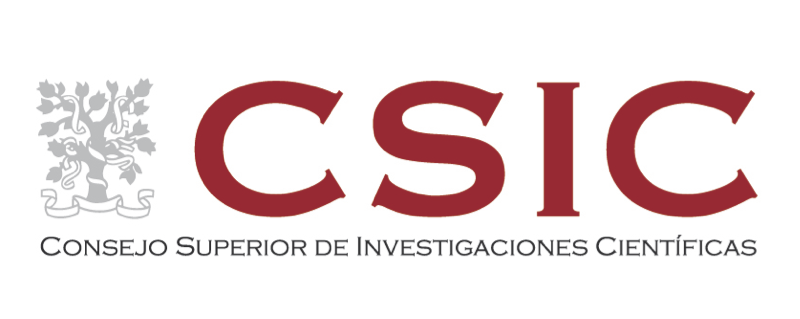Materials Horizons, vol. 8, nº 10, pags. 2596 - 2614 (2021)
Article preview
The functionalization of chitosans is an emerging research area in the design of solutions for a wide range of biomedical applications. In particular, the modification of chitosans to incorporate sulfate groups has generated great interest since they show structural similarity to heparin and heparan sulfates. Most of the biomedical applications of heparan sulfates are derived from their ability to bind different growth factors and other proteins, as through these interactions they can modulate the cellular response. This review aims to summarize the most recent advances in the synthesis, and structural and physicochemical characterization of heparanized chitosan, a remarkably interesting family of polysaccharides that have demonstrated the ability to mimic heparan sulfates as ligands for different proteins, thereby exerting their biological activity by mimicking the function of these glycosaminoglycans. © 2021 The Royal Society of Chemistry.




